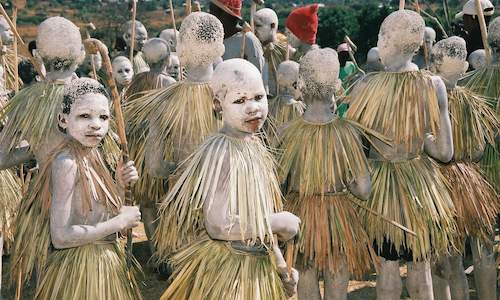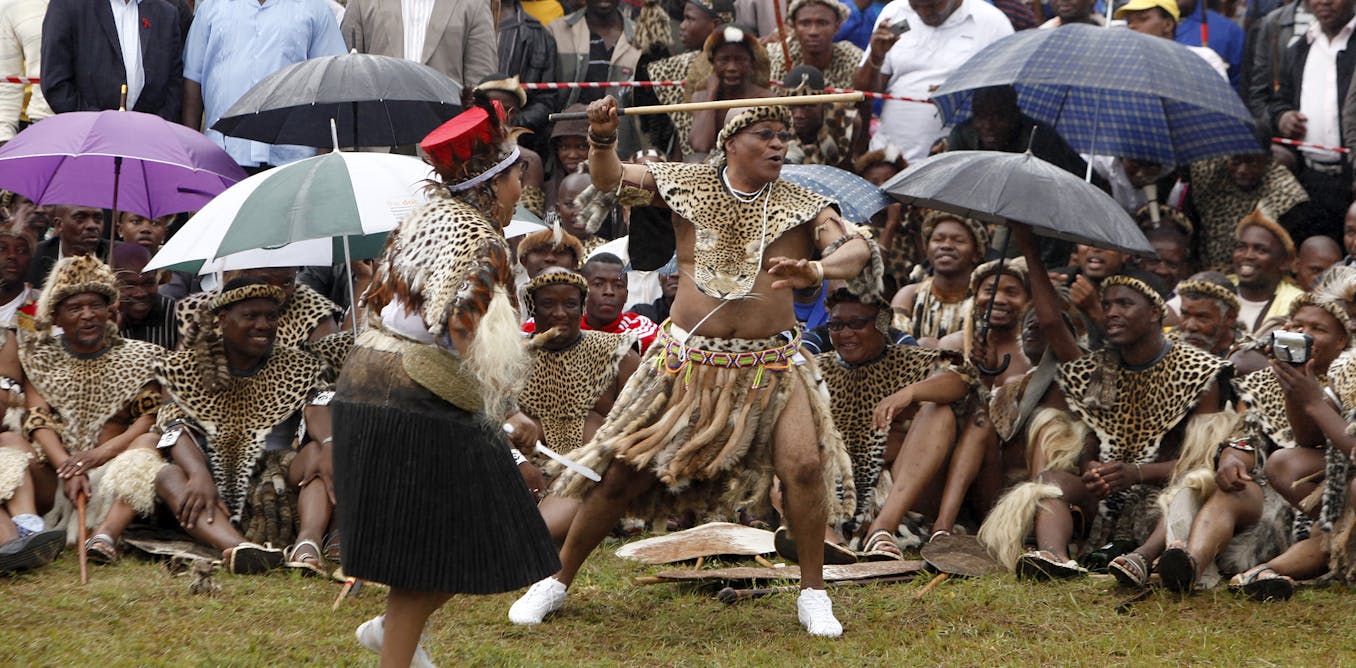South African Culture Today Fundamentals Explained
South African Culture Today Fundamentals Explained
Blog Article
A Biased View of South African Culture Today
Table of ContentsTop Guidelines Of South African Culture TodayNot known Facts About South African Culture TodayThe Greatest Guide To South African Culture TodaySouth African Culture Today Things To Know Before You Get ThisThe South African Culture Today StatementsEverything about South African Culture Today
This adheres to with singing and drum pounding. The groom and bride then meet the senior citizens and chat regarding the value of their union. A matter of value in Zambian towns is the diing of enjoyed ones. All participants of the town put money, time and initiative together for the funeral of the deceased.Music and dancing is an extremely vital element of the Zambian society. The various tribal devices have their own dancing forms; nevertheless, makishi is common amongst all tribes.
South African Culture Today Fundamentals Explained
When it comes to songs, drums are used the most, with a variety of drumming ceremonies. In Zambia, majority of the individuals are Christian; Protestant and Roman Catholic. There are little teams of Muslims and Hindus, with the remainder following neighborhood indigenous tribal beliefs.

South African heritage and society is greatly diverse, and contains lots of various groups of people that each have their very own practices and ideas. Having such a variety of individuals and societies is what makes South Africa so distinct. In real sense of the expression, we are a rainbow nation.
Making it the 7th on the list of countries with the most Portuguese people in it outside of Portugal. Portuguese is not only a society, yet it is likewise a language and a citizenship. Portuguese individuals originate from the country of Portugal in Europe, however, due to Portugal (like several various other nations in Europe) exploring the world and conquering various other countries during the 15th 20th centuries, South Africa has what we call Portuguese South African's living in it.
7 Easy Facts About South African Culture Today Described
Amongst the prominent features of the topography is a plateau that covers nearly 2 thirds of the center of the country. The plateau complex rises toward the southeast, where it climaxes in the Drakensberg range, component of an escarpment that divides the plateau from the seaside locations. The Drakensburg consists of Sparkling wine Castle, the highest height in the nation.
The region north of the Witwatersrand, called the bushveld, slopes downward from east to west toward the Limpopo River, which creates the international boundary. The western section of the plateau, the middleveld, likewise descends in the direction of the west and varies in altitude in between the highveld and bushveld. Between the Drakensburg and the eastern and southerly coastline, the land descends to the sea.
Nearer the coastline there is a low-lying plain called the eastern lowveld. Southwest of the plateau the country comes to be considerably a lot more dry, offering means to the stony desert of the Great Karroo, bordered on the eastern by the lower, better watered plateau of the Little Karroo. Dividing the completely dry southern inside from the sandy coastal of the southern coastline and West Cape is one more variety, the Langeberg.
Excitement About South African Culture Today
The country's racially, ethnically, and politically separated background has generated nationwide and subnational signs that still work as signs of the nation, and others symbols that are accepted just by specific groups. The monuments to white settler occupation and political dominance, such as the Afrikaner Voortrekker ("pioneer") Monolith in Pretoria and the Rhodes Monolith honoring the British colonial empire building contractor and Cape head of state Cecil Rhodes, stay sectarian icons.
The first contemporary citizens were the San ("bushman") hunter-gatherers and the Khoi ("Hottentot") individuals, who herded animals (South African culture today). The San might have been present for hundreds of years and left evidence of their visibility in hundreds of Go Here ancient cavern paintings ("rock art"). Bantu-speaking clans that were the ancestors of the Nguni (today's amaZulu, amaXhosa, amaSwazi, and vaTsonga peoples) and Tswana-Sotho language teams (today's Batswana and Southern and Northern Basotho) migrated below east Africa as early as the fifteenth century

The two previous republics of the Orange Free State and Transvaal (South African Republic) were developed by Afrikaner inhabitants who defeated and dispossessed the Basotho and Batswana. Lesotho would have been forcibly included into the Orange Free State without the expansion of British protection in 1869. The best unification of the nation arised from the South African Battle (18991902) between the British and both Afrikaner republics, which minimized the nation to destroy at the start of the twentieth century.
Afrikaners traditionally considered themselves the only true South Africans and, while granting full citizenship to all residents of European descent, refuted that standing to individuals of color up until the autonomous shift of 1994. British South Africans preserve a sense of social and social connection to Great Britain without compromising their identification as South Africans.
The Buzz on South African Culture Today
The diversity and fragmentation within ethnic groupings and the equilibrium of stress in between those teams throughout the address twentieth century prevented interethnic civil conflict. While intergroup tensions over sources, privileges, and political dominance stay, those conflicts are as most likely to pit Zulu against Zulu as Zulu versus Xhosa or African against Afrikaner.
From colonial India, British vendors and managers brought the curved steel decorative roofing systems and slender shoelace job columns that still exemplify the verandas of cottages in the areas and cities throughout the country. Homes of praise contribute a crucial building element also in the smallest communities. Along with the skyrocketing steeples and timeless stonework of Afrikaans Dutch Reformed churches, Anglican churches, synagogues, mosques, and Hindu shrines offer range to the religious architectural scene.

Butchering and the brewing of typical grain beer are essential in securing the involvement and goodwill of the forefathers who are taken into consideration the guardians of excellent lot of money, prosperity, and wellness. Indian neighborhoods preserve their native cooking customs and apply them on Islamic and Hindu ritual and ritualistic occasions. Afrikaners and Coloured people collect at weekends and special events at multifamily barbecues called braais, where community bonds are strengthened.
Because this was the main financial business of both black Africans and white colonists, dispute between those groups focused on the ownership of grazing land and animals. In 1867, the largest ruby deposits worldwide were discovered at Kimberley in the west central area. The riches from those fields aided fund the exploitation her comment is here of the biggest gold coral reef on the planet, which was uncovered on the Witwatersrand in 1886.
The 15-Second Trick For South African Culture Today
This caused misunderstandings and purposeful misstatement in the transactions of white settlers and government officials with African principals during the early american period (South African culture today). In the facility of African reserves, some elements of public and chiefly "tribal trust fund" land period were protected, and also in white rural locations, types of communal period were still exercised in locations with African neighborhoods
After the autonomous improvement of 1994, programs for land restitution, redistribution, and reform were set up, yet development has actually been sluggish. The white minority still regulates eighty percent of the land. In the wake of agricultural land invasions in Zimbabwe, the Division of Land Affairs has actually promised to speed land redistribution.
Report this page